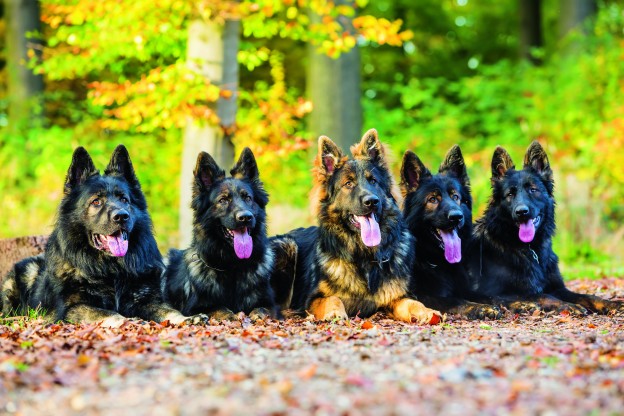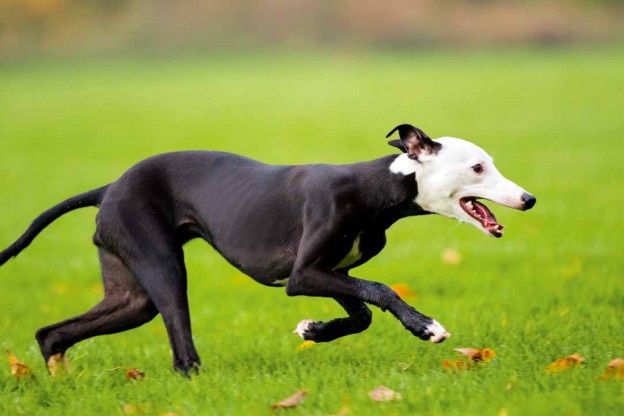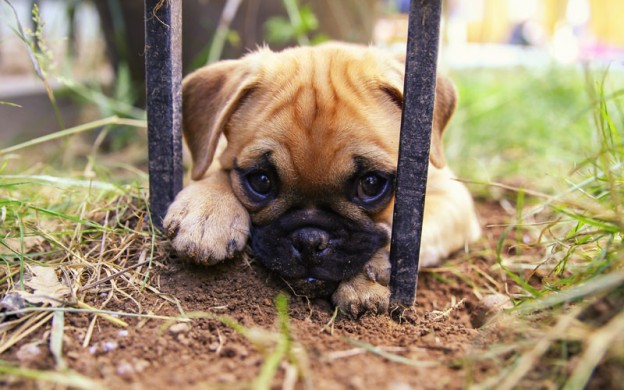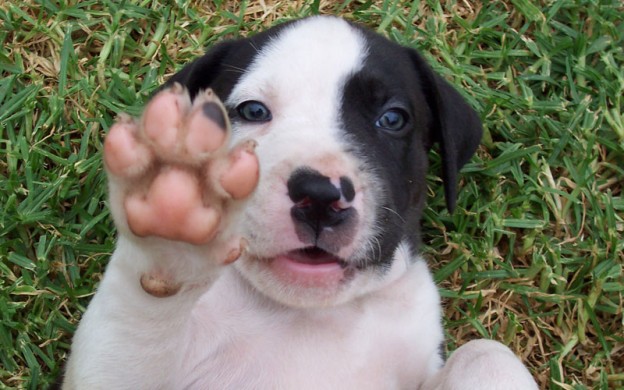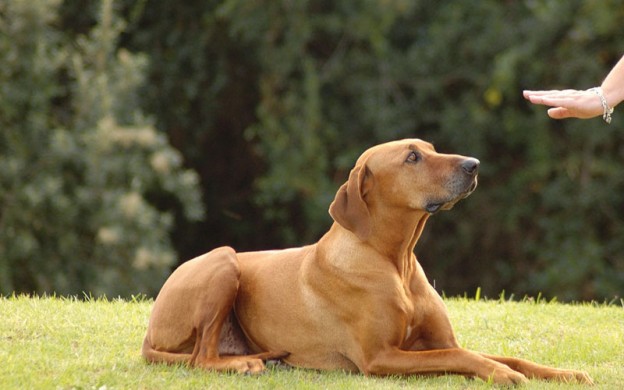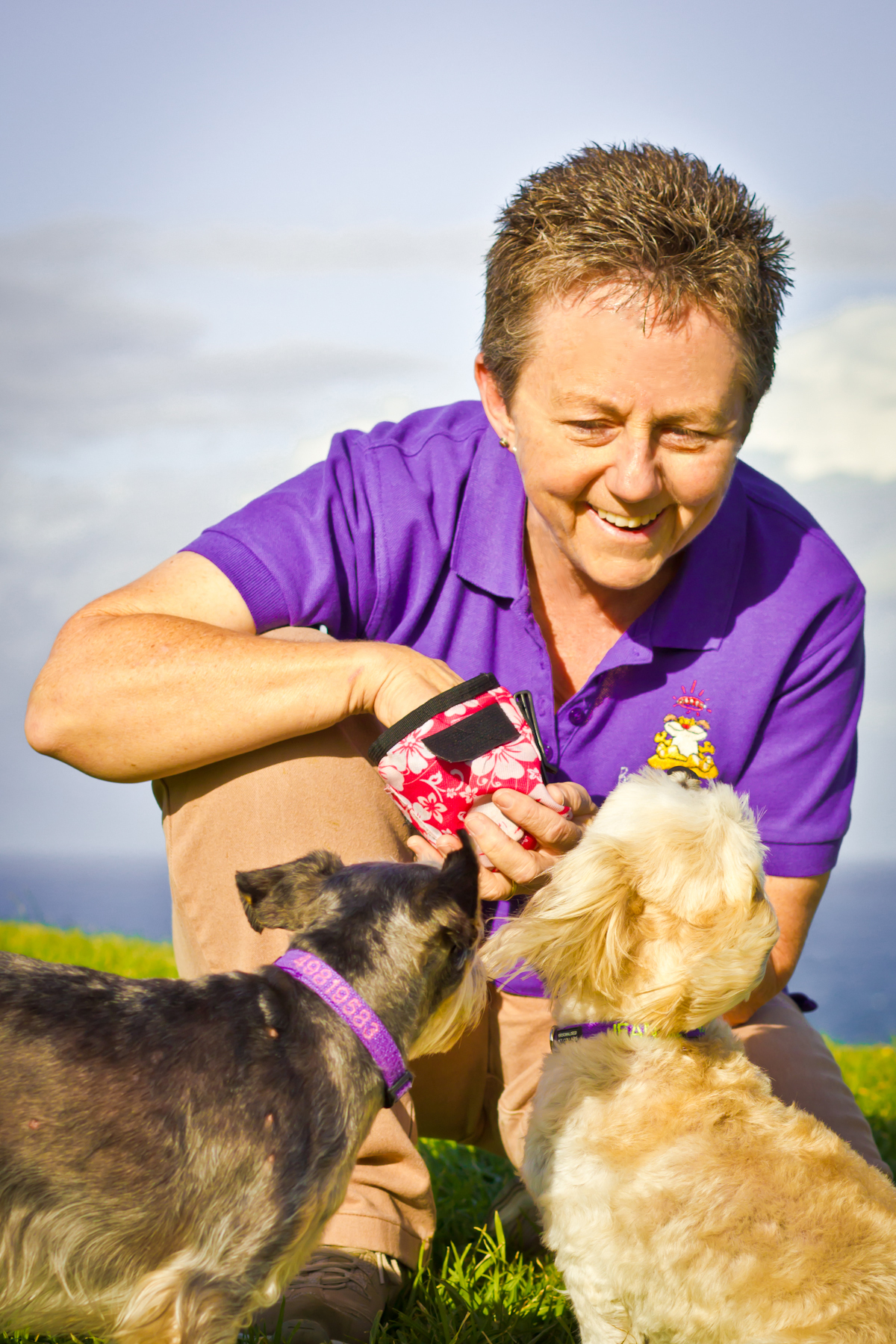
Adding a new puppy to your family and don’t know where to start? From vaccinations and training to essential products, Tim Falk has your puppy problems solved.
The essentials
There are a number of items you’ll need to purchase before you bring your little bundle of joy home, with food and water bowls being the obvious place to start. In particular, it’s important that water bowls are of a type that can’t be knocked over. “Good-quality, strong ceramic or stainless-steel bowls are more durable than plastic and less likely to be chewed to bits,” says Dr Elise Vogt, Animal Aid’s senior veterinarian.
Next, think about where your pup is likely to sleep and organise a bed, basket or kennel accordingly. “Most very young pups will need to sleep indoors to start with or, at the very least, in a sheltered area where they can get completely out of wind and rain,” advises Dr Vogt.
It’s also important to have food ready, preferably of the same type that the pup is already used to — ask the breeder, shelter or pet shop in advance.
Behavioural trainer Julie Tolliday from Barkers in Balance says toys are another important purchase to make. “A variety of toys, including soft toys (make sure there are no choking hazards such as eyes, loose stuffing, dislodged squeakers), chew toys (needed to combat the early urge of chewing in a teething puppy’s life) and some that dispense food (to teach your puppy to use his brain and work for what he wants).”
A soft collar and lead are obvious musts, while crates can be great tools for toilet training and creating a secure space for your puppy. Training treats will come in handy, while a car harness will ensure you can transport your pooch safely.
Tolliday also recommends getting your hands on two books by renowned behaviourist and trainer Dr Ian Dunbar: Before You Get Your Puppy and After You Get Your Puppy.
The first year
So, you’ve brought your puppy home and everyone’s super excited but how can you help your new four-legged family member settle in to his new surrounds?
“Let the puppy know from the word ‘go’ that you are the leader and that you will control all the resources in the home (food, toys and access to spaces),” says Tolliday. “Decide on a routine for the puppy and stick to that. This will include a consistent place to sleep and eat and rules around access to parts of the house.”
You’ll also need to be aware that everything in your house will be brand new to this new being. Be prepared to spend a number of weeks desensitising your puppy to new and potentially scary stuff: vacuum cleaners, hair dryers, loud music, taking a bath, being brushed and skateboards, to name a few. “Food is your best friend here — feed yummy treats while the scary thing is presented to the puppy. The food association helps him to develop a positive association with that new thing,” advises Tolliday.
Diet is another important factor to consider. Puppies are fast growing and need the right balance of nutrients, energy and minerals. The best way to ensure that the puppy gets everything it needs for healthy growth is to use a premium-quality dog food for puppies. “We recommend that the majority of the pup’s diet is made up of dry food, with other food types such as wet food only for variety,” Dr Vogt says.
Puppies can also be very susceptible to parasites and become very ill if not protected from them. Pups should be treated with an all-wormer every two weeks from two to 12 weeks of age, then once a month until they are six months old. All dogs over six months should be wormed a minimum of every three months.
“If the mum is treated for fleas with a spot-on product, this will provide protection for the pups until they are weaned,” says Dr Vogt. “Once the pups leave mum, they should have a flea treatment once a month. In tick areas, a spot-on such as Frontline will protect against ticks too.
Heartworm prevention should start from 12 weeks of age — it’s best to discuss options such as monthly treatment or annual injections with a vet.
Exercise is important for health, mental stimulation and socialisation. Regular exercise and play is also a bonding opportunity between pups and their new families, but be careful not to over-work your pup’s growing body.
Socialisation and training
Socialisation is vitally important to give your puppy positive exposure to as many novel experiences as possible between the ages of eight to 18 weeks. This is a sensitive learning period in which fears as well as positive experiences can have a big impact. “The last thing we want is a fearful puppy on our hands, as a fearful puppy can grow into a dog that will bite,” explains Tolliday.
“Socialisation includes exposure to other puppies, different kinds of people, unusual ways of being handled and greeted, and new sights and sounds. The best way to socialise your puppy with other puppies is to attend a puppy school that allows carefully monitored puppy interaction with behavioural advice on body language. Socialisation with other people and the environment is best achieved through food used to keep the puppy’s emotional responses to the new phenomenon positive.”
Regular training is a must, not only to help your dog grow into a well-behaved family member, but also as a way to strengthen the bond between dog and owner. A regular training regime will help reinforce the concept of you as leader and will give your puppy plenty of mental stimulation.
Tolliday recommends short three-to-five-minute bursts of training sessions several times a day, pointing out that patience is a virtue when it comes to puppy training. “A good puppy trainer will not punish unwanted behaviours but set the puppy up to repeatedly be rewarded for the behaviours we want,” she says.
A little bit of planning before you bring your puppy home can make a big difference. Then, with a sensible approach to diet, exercise and training, your pup will be able to grow up into a happy, healthy and well-behaved member of the family.
Case study: CJ
Before Renee Roszbach and her husband brought their new puppy, CJ, home, they knew they needed to prepare. “We purchased a puppy bed, a collar with tag, food dishes and some puppy pads. We also bought some food as recommended by the breeder,” Roszbach says.
“Once CJ was with us, we bought a water bowl, we inherited a Pet Loo and we set up mats in a couple of rooms where she could lie. We also started buying toys and a small container to keep the toys in.
“The breeder gave us a blanket/teddy that had been with her mum and siblings, so we put that on her bed. After the first week, we found she cried each time we left her alone for bedtime so we started using a hot-water bottle in her bed and small clock to simulate a heartbeat and try to help calm her down.
“In the second week, my husband purchased a DAP (Dog-Appeasing Pheromone) collar from the vet, which we think may have helped settle her in. We now take her to puppy school once a week to help with training and socialisation.



